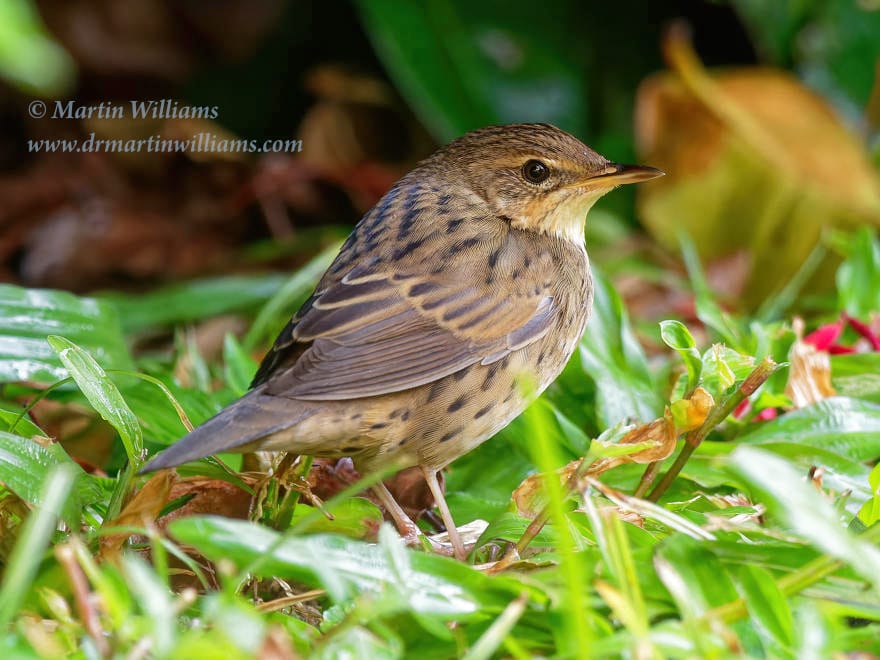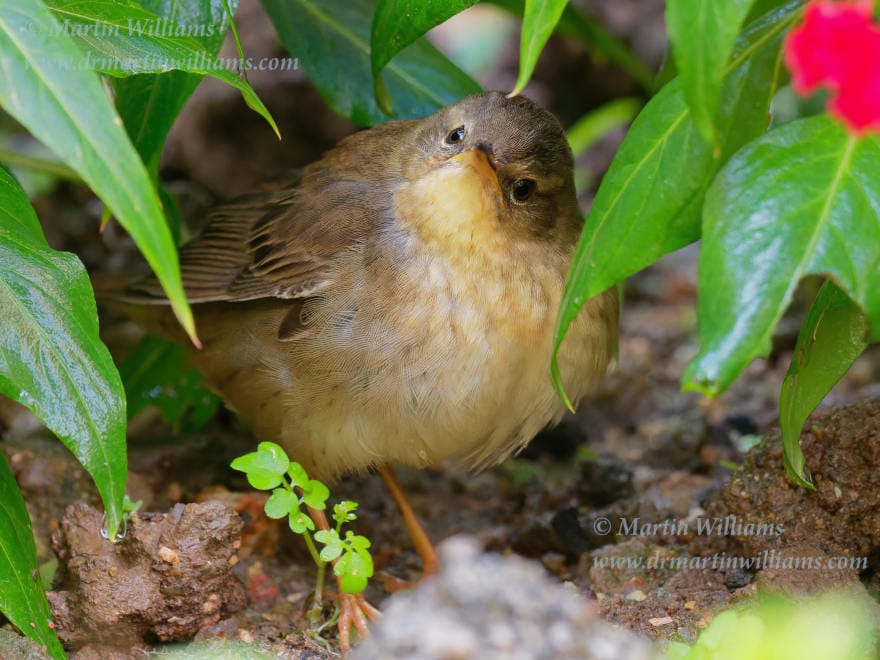Telford Gardens, a private housing estate in Kowloon Bay, East Kowloon, has become an unlikely hotspot for migratory birds, notably for seeing some normally secretive wetland species such as Locustella warblers and rails.

Unless you arrived here when there are birders/photographers, you might glance around and just dismiss this site as being utterly crap, not worth more than five minutes look around before heading to a place with decent habitats. High rises surround an open area with concrete, and scattered small manicured shrubberies and hedges, with just a handful of decent sized trees. Many people walk to and fro past here, so you’d surely figure it’s way too disturbed to attract much that might be of interest.
And yet, Telford Gardens is somehow a magnet for a range of birds that typically skulk and lurk in vegetation in and by wetlands – like Pallas’ Grasshopper and Lanceolated warblers, and even crakes. These are tough to see anywhere else in Hong Kong, yet here they may roam under and sometimes on top of small hedges, maybe affording views down to a couple of metres or less.
More typical songbird migrants, like flycatchers and Phylloscopus warblers, are less usual here. So it seems there is a particular attraction for wetland – especially marsh/swamp birds.

I’ve come to believe a key reason for this is that there are ornamental water tanks (not really ponds) with blue tiling. These may well help entice birds looking for small water bodies to come closer, and check out the area.

While I haven’t found a study about a blue patch amidst land indicating there may be a water body to overflying birds, it seems a fair guess: water can reflect the sometimes blue sky, and is hardly otherwise usual over land. I have, however, found studies like Attraction of Night-Migrating Birds to Light-Blue Structures Causes Mass Bird Deaths and Blue light attracts nocturnally migrating birds [albeit this included the blue within white LEDs]. And if birds do come to check, they can then discover there is indeed water; or they might simply notice the water never mind the blue colour.
On arriving, the birds might head into cover, presumably rest; and then find there is food here, and predators are absent, even though there are people walking by and sometimes paying them great attention.
And unlike too many Hong Kong urban parks, it also appears there is no over use of pesticides – so there is food for these birds.
Well, these are my guesses re the attractiveness of this bizarre birding locale!
While if you’re a member of the Oriental Bird Club, see issue 41 of Birding Asia, for an article: “An unexpected migratory stopover of reed- and bush-warblers in a highly urbanised area of Hong Kong” by Captain Wong Lun-cheong.














